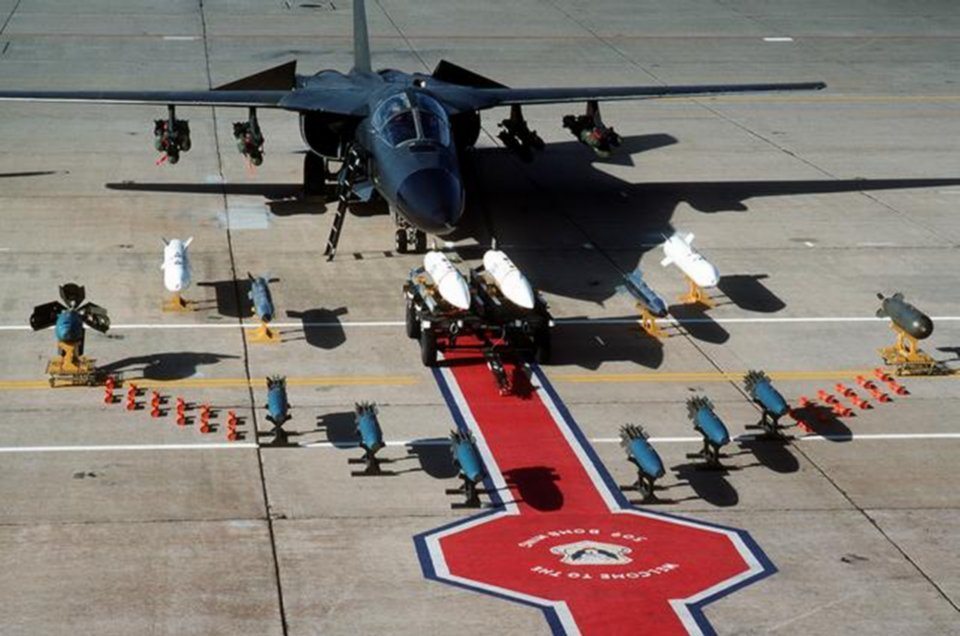Owning spare and replacement parts for complex weapon systems and military equipment is essential to military preparedness, but buying, tracking and storing these parts is extremely expensive. The Pentagon is tasked with managing about 4 million different items in its military equipment inventory, valued at $91 billion.
The Department of Defense estimates it has more than $25 billion in spare parts on hand for possible future use.
Since 1990, the Government Accountability Office has been critical of the Pentagon’s supply chain, singling out “ineffective and inefficient inventory management practices and procedures, weaknesses in accurately forecasting demand for spare parts, and challenges in achieving widespread implementation of key technologies,” the report said.
The National Defense Authorization Act recently required the Department of Defense to submit a plan to Congress, identifying ways it will improve management of its inventory. The GAO analysis of the ambitious plan found several challenges.
A single delay in any part of the plan could have significant repercussions. The department is still working to automate systems to manage the inventory, but unanticipated delays or poor performance by the systems could cause additional delays.
The GAO said the Department’s plan met the basic requirements for improving its inventory management but it did identify organizational problems, including lack of oversight and failure to follow procedures.
The Department of Defense held $1 billion of military spare parts for which there had been no demand for at least 8 years, incurring $2.5 million in storage costs.
[Download not found]









